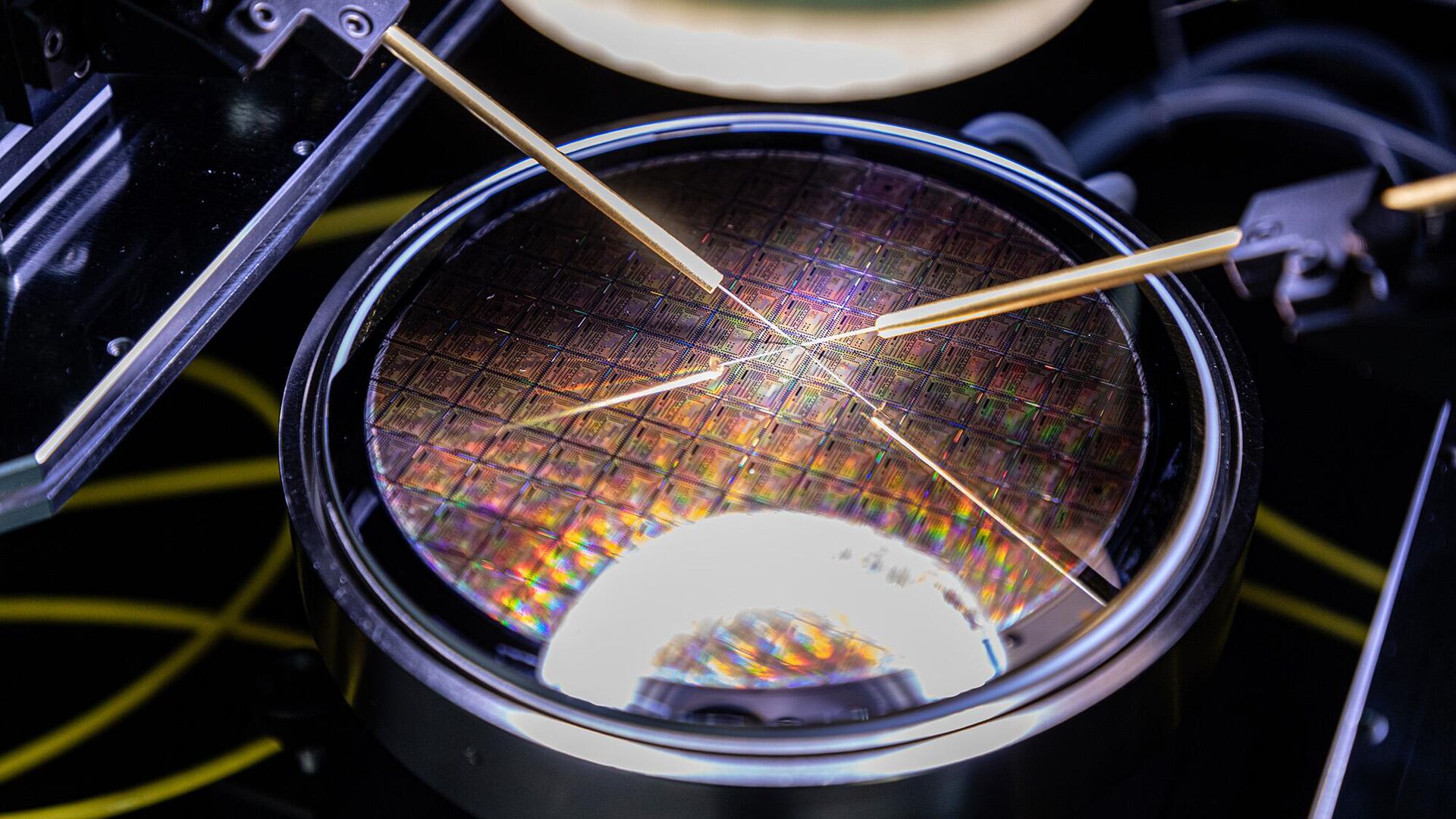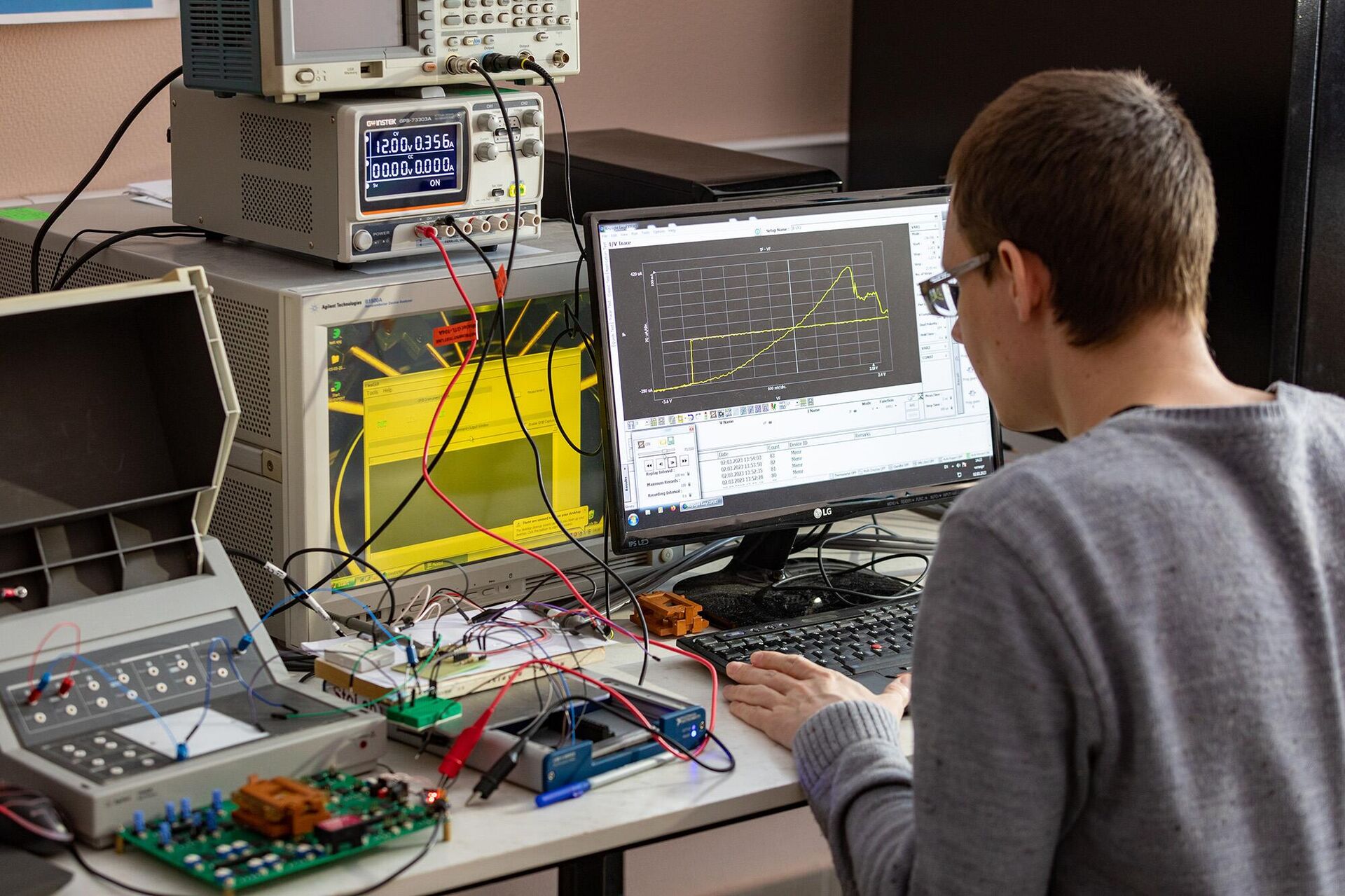
MOSCOW, December 5A method for controlling burst dynamics of neural networks was proposed by scientists from Lobachevsky University. According to them, for the first time in the world they managed to imitate one of the key information processes of the brain using a model of special electronic devices, memristors. The results were published in the journal Mathematics.
Memristors are a recently developed type of electronic element base, which, as experts explained, reproduces the work of biological synapses that transmit nerve impulses between neurons.
According to researchers from the National Research Nizhny Novgorod State University. N.I. Lobachevsky (NNSU), the use of memristive devices today is increasingly relevant in various fields; these devices make it possible to develop new computing architectures using their parallelism, non-volatility and low power consumption, but now there are almost no works devoted to the use of memristors in functional biological systems.
UNN specialists have proposed a model that describes a method for controlling the burst dynamics of a neural network using memristors. There are no similar works in the world today, the scientists noted.
The study, according to the authors, is an important step in the development of invasive neural interfaces and is of great value for the development of methods for diagnosing and treating epilepsy.
«We have shown how memristors that mimic spike-timing-dependent plasticity, or STDP, can control the dynamics of a neural network. In neurobiological experiments, STDP has been shown to be a critical element in the regulation of synchronous brain activity. STDP determines the strength of connections between neurons and allows us to simulate those processes of development of the nervous system that depend on activity,” said Sergei Stasenko, associate professor of the department of neurotechnology at the Institute of Biology and Biomedicine at Lobachevsky University.
According to scientists , the use of memristors will make it possible to develop a whole family of new electronic devices based on “brain-like” principles that have increased functionality relative to conventional electronics.
“We also showed how the memristive device is integrated into a biologically plausible model for regulating the dynamics of a neural network. Our model not only demonstrates the effects of network regulation, as in a biological brain, but also consists of elements that can be implemented in hardware,” Stasenko emphasized.
In the work of UNN specialists, a mathematical model of memristors was used, since mass production of memristor microchips has not yet begun, the scientists explained.
«This is primarily a fundamental research at the intersection of mathematics and neurobiology , physics and materials science, the goal of which is to provide new opportunities in the field of applied neuromorphic computing systems,” noted Stasenko.
In the future, the research team intends to develop mathematical models and devices for neuromorphic computing systems that will allow simulating more complex information functions of the brain .




















































Свежие комментарии